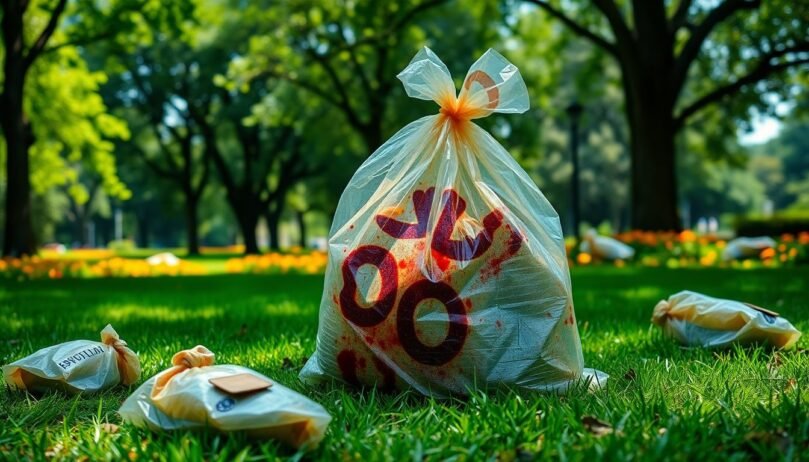The Environmental Impact of Dog Waste
- 22 January 2025
- BuyAPet Editorial Team
- All Dogs
Eco • Responsible Ownership
The Environmental Impact of Dog Waste: What Owners Should Know
Why uncollected dog poo harms waterways and wildlife—and how simple habit shifts make a real difference.
🌿 For communities•Reading time: 7–9 mins
♻️ Why Dog Waste Matters
Dog waste isn’t “natural fertiliser.” It’s high in nutrients and can carry pathogens. Left on the ground, it washes into drains and waterways.
🌧️ The Pollution Problem
- Nutrient overload: contributes to algae blooms and low oxygen for aquatic life.
- Bacteria/parasites: rain can move contaminants into streams and beaches.
- Public nuisance: mess on paths/green spaces discourages use.
Rain rule: If you see storm drains nearby, be extra vigilant—bag and bin it.
🩺 Health Risks & Public Spaces
Uncollected waste raises exposure risks to other pets and people, especially children playing on grassed areas.
🗑️ Best Practices for Disposal
- Carry multiple bags; double-bag only if required by local rules.
- Use public bins or your household refuse bin (check local guidance).
- Don’t compost at home unless your system is designed for pet waste.
🌱 Eco-Friendly Gear & Habits
- Choose robust, certified compostable (if accepted locally) or recycled-content bags.
- Clip a bag dispenser to the lead; keep a spare roll in your coat.
- Plan routes with bins; train a “toilet cue” for quicker, predictable stops.
🤝 Community Action
- Share “bag a poo, bin the poo” reminders in local groups.
- Support more bins/signage and park-care initiatives.
- Lead by example—others will follow consistent habits.
Next step: Build a grab-and-go kit so you’re never without bags.
See eco gear & habits →
See eco gear & habits →
Local rules vary—always follow your council’s disposal guidance.
Post Views: 5,275
